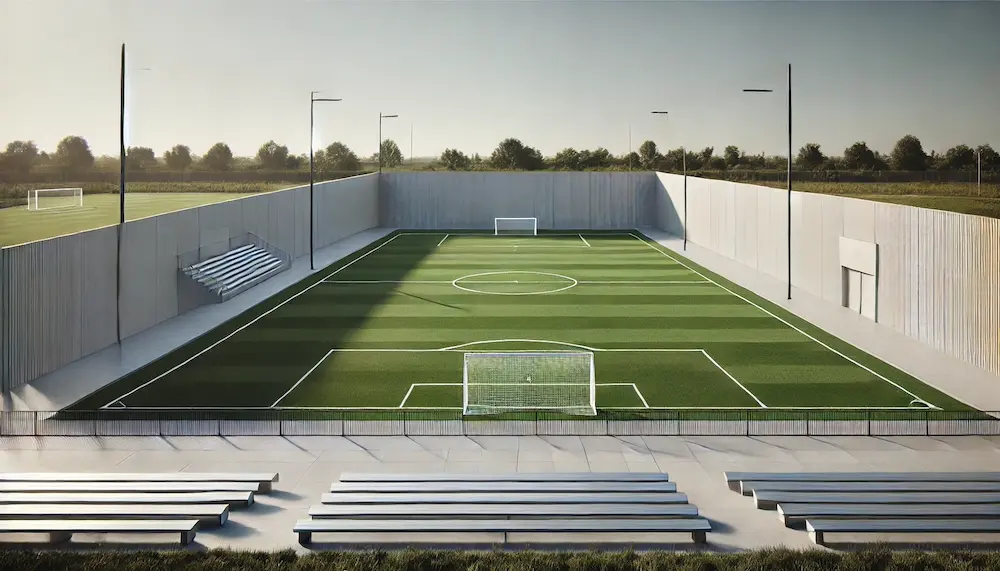Minimalist soccer fields emphasize simplicity and functionality, focusing on essential elements to create an efficient and aesthetically pleasing environment. This article explores their origins, key features, applications, and considerations when choosing such designs.
Introduction to Minimalist Soccer Fields
A minimalist soccer field embodies the principle of “less is more,” stripping down to the fundamental components necessary for play. This design approach often results in clean lines, open spaces, and a focus on the sport itself without superfluous features.
History and Origins of Minimalist Soccer Fields
The minimalist design movement, which gained prominence in the mid-20th century, has influenced various fields, including architecture and interior design. Its application to sports facilities, such as soccer fields, reflects a shift towards functionalism and simplicity, aiming to enhance the user experience by eliminating unnecessary distractions.
Key Features of Minimalist Soccer Fields
- Clean Lines and Geometric Shapes: Designs often feature straightforward layouts with clear boundaries and minimal decorative elements, focusing on the essential aspects of the field.
- Neutral Color Schemes: Utilizing monochromatic or subdued color palettes to maintain a simple and uncluttered appearance.
- Functional Design Elements: Incorporating only necessary components, such as goals and boundary lines, to ensure the field serves its primary purpose without extraneous features.
Applications of Minimalist Soccer Fields
- Urban Environments: Ideal for cities where space is limited, minimalist fields can be integrated into parks or community centers, providing accessible recreational areas without requiring extensive land.
- Training Facilities: Used in professional or amateur training grounds where the focus is on the sport itself, minimizing distractions and emphasizing functionality.
Considerations When Choosing Minimalist Soccer Fields
- Space Constraints: Assessing the available area to ensure the field meets standard dimensions while adhering to minimalist design principles.
- Material Selection: Choosing durable and low-maintenance materials that align with the minimalist aesthetic, such as synthetic turf or concrete for urban settings.
- User Needs: Ensuring the design accommodates the intended users, whether for casual play, training, or official matches, while maintaining simplicity.
Conclusion
Minimalist soccer fields offer a streamlined and efficient approach to sports facility design, emphasizing functionality and simplicity. By focusing on essential elements, these fields provide versatile and accessible spaces for soccer enthusiasts, particularly in urban or space-limited environments.
